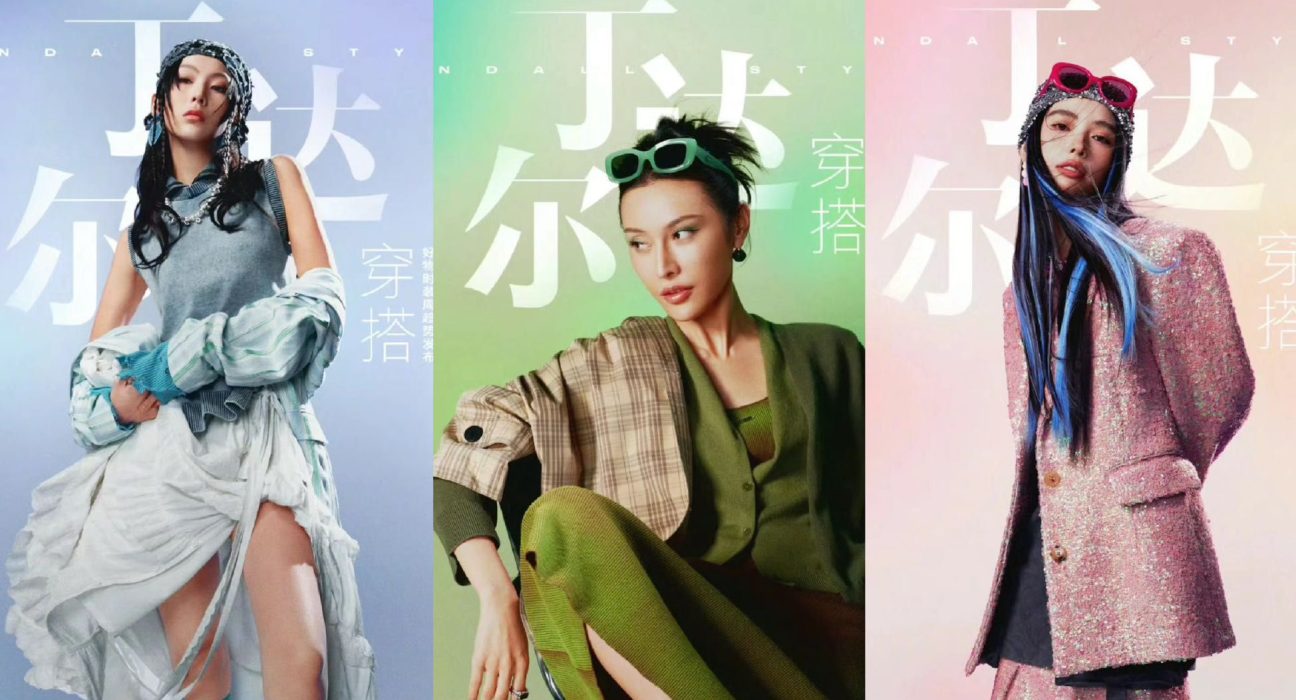What happened
Following the cheery “dopamine dressing” trend of 2023, Chinese netizens are embracing a new aesthetic this year — Tyndall style (丁达尔穿搭). Unlike dopamine dressing, where people adorn themselves in bright, vivid colors to express joy, Tyndall style represents a much more sophisticated approach to matching outfits.
In science, the Tyndall effect occurs when light passes through a colloidal solution and is scattered, making the light visible. For example, when sunlight passes through the Earth’s atmosphere during sunrise or sunset, particles in the air such as dust and water vapor scatter shorter wavelengths of light (such as blue and violet) more effectively than longer wavelengths (such as red and orange). As a result, the sky appears blue during the day and becomes more red in the evening.
Hence, the Tyndall dressing trend draws inspiration from sky gradients, embracing color harmony by deftly blending tones from a unified palette. This technique creates a cohesive and visually appealing ensemble reminiscent of nature’s captivating color transitions.
The Jing Take
Vogue China and Douyin’s Summer 2024 fashion trends forecast report highlights three standout brands that embody the Tyndall aesthetic with their Summer 2024 collections.
Max Mara designer Ian Griffiths evokes the Tyndell effect by reintroducing workwear staples, skinny pants, and jumpsuits — symbols of women’s industriousness — in a seamless gradient of contemporary romantic hues.
Likewise, Prada instills consumers with a fresh sense of optimism by utilizing light and graceful fabrics in matching tones, as well as extending its dress silhouette for the season’s showcase.
Meanwhile, MSGM designer Massimo Giorgetti puts his own spin on the Tyndall trend by layering rose hues atop loose overalls and tie-dyeing suit jackets with hints of orange-pink against mesh skirts.
As of now, Tyndall dressing has garnered 10,000 user-generated instances on Xiaohongshu, a figure still modest compared to Dopamine dressing, which boasts 90,000 instances. Despite being in its nascent stage, this trend holds significant promise for expansion. Unlike the boldness of dopamine dressing, Tyndall dressing offers a subtler approach, making it more conducive to everyday wear and imbued with a greater sense of sophistication.
However, some netizens are mocking the fashion industry’s fast-changing trends. Under a video by Douyin blogger Fanzi Fan (@繁子Fan_) explaining an outfit that can be characterized as Tyndall, one user commented, “Girls’ money is so easy to earn. I haven’t yet fully understood Peppermint Mambo [referring to a trend of dressing in a mint hue], but now they’ve made up another new word — Tyndall dressing.”
Social media continues to exert a strong influence on consumers’ fashion choices. This was evident in last fall’s Maillard trend and last summer’s Dopamine style, where related makeup and accessories experienced a surge in online popularity. Therefore, it is imperative for brands to closely monitor these dynamic trends.
The Jing Take reports on a piece of the leading news and presents our editorial team’s analysis of the key implications for the luxury industry. In the recurring column, we analyze everything from product drops and mergers to heated debate sprouting on Chinese social media.







